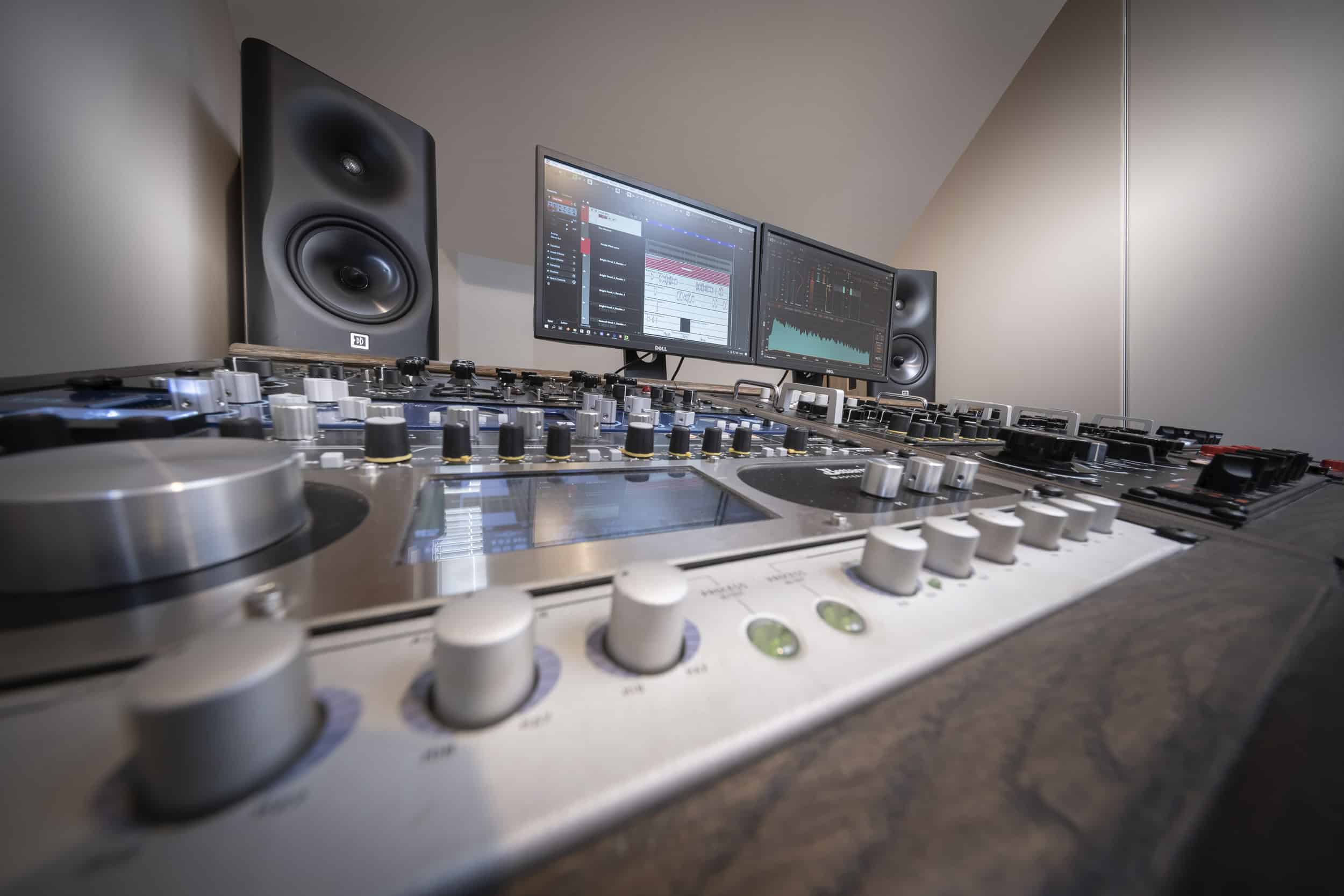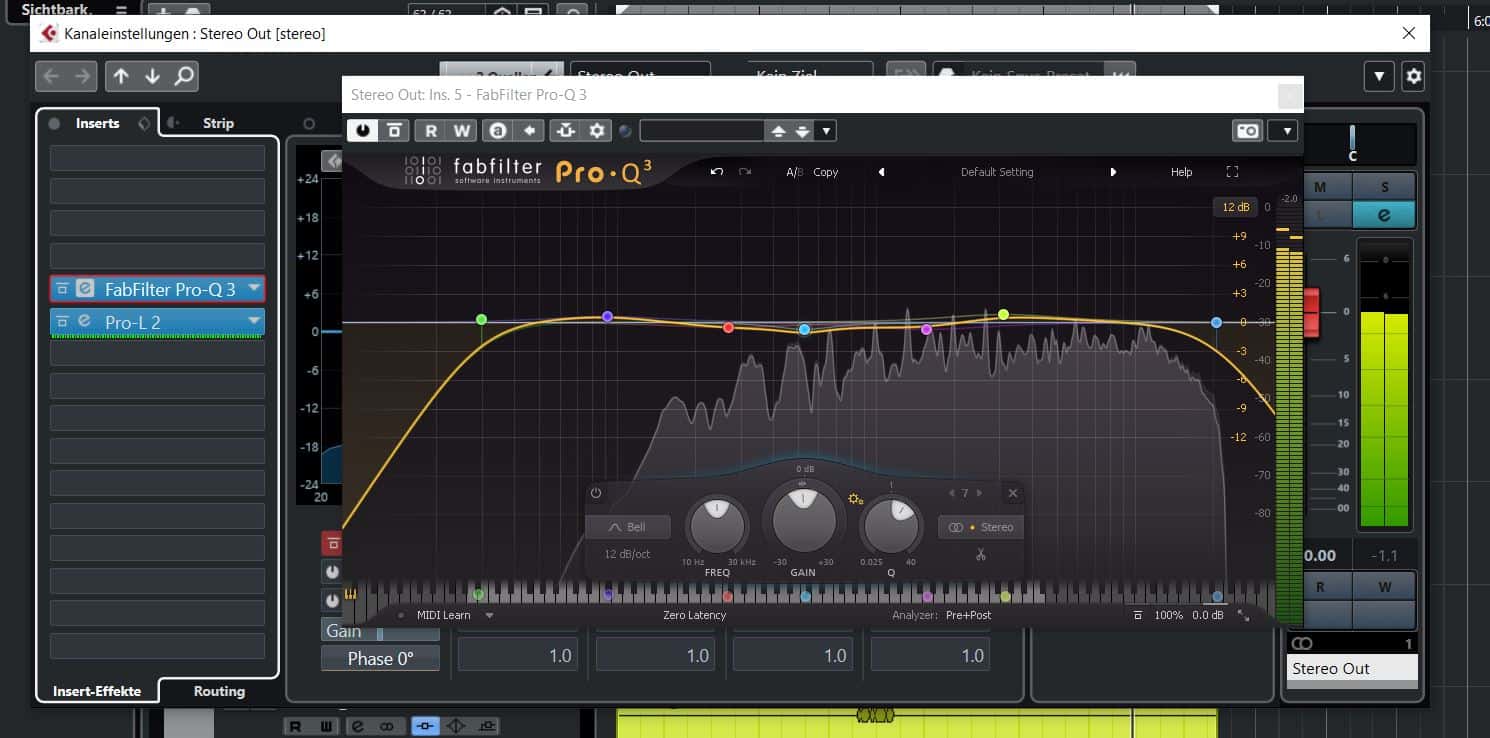Parallel compression
Parallel compression, also known as “parallel compression” or “New York compression”, is a technique in audio production. In this article we introduce this type of Audio compression .
What is parallel compression?
Parallel compression or “New York compression” splits the signal into two separate paths. One of these paths remains uncompressed or is slightly compressed, while the other is heavily compressed. The two signals are then mixed together to create a dynamically rich yet punchy mixing or Mastering-To obtain a result that preserves both the details and the energy of the original signal. This technique is often used when editing drums or vocals in the Music production used to create a balanced and lively sound texture.What are the advantages and disadvantages of parallel compression?
Advantages:
- Maintaining dynamics: By splitting the signal into a compressed and an uncompressed path, the dynamics of the original signal are preserved. While the compressed version boosts the quiet parts of the signal and cuts the loud parts, the dynamics of the uncompressed version are retained.
- Sound texture and fullness: Mixing the compressed and uncompressed signal creates a richer sound texture. The compressed version adds sustain and fullness, while the uncompressed version preserves the transients and subtleties of the original signal. The result is a fuller and more dynamic sound.
- Control over the mix: By adjusting the mix ratio between the compressed and uncompressed signal, the audio engineer can achieve the desired balance between the clarity and power of the signal. This allows for finer control over the sound and dynamics of the mix.
Disadvantages:
- Phase problems: By splitting the signal into a compressed and an uncompressed path and then mixing it phase problems occur, especially if the phase relationship between the two signals is not handled correctly. This can result in loss of sound and less accurate reproduction of the signal.
- Increased noise: Since parallel compression tends to increase the overall signal, it can also increase the noise in the signal. This can be particularly problematic if the input signal is already noisy or if the compression settings are chosen too aggressively.
- complexity: Using parallel compression requires some understanding of how compressors work and how to fine-tune the settings. It may take additional time and effort to find the right settings and get the sound you want.
- Overcompression: Using parallel compression too aggressively or not carefully controlling the mix ratio between compressed and uncompressed signals can result in an over-compressed sound that sounds unnatural or artificial.
- Memory and CPU usage: Using Parallel Compression may require additional processing power, especially when multiple instances of compressors are used simultaneously. This can cause performance issues on large projects or older computer systems.
Where is parallel compression used?
- drum recording: Parallel compression is often used on drums to make the sound fuller and more assertive without losing the transients. This allows the drums to sound more present and punchy in the mix without seeming unnatural or over-compressed.
- vocal: Parallel compression can be used when recording vocals Vocals in the mix to make him more present and assertive without losing his natural dynamic. This can help the vocals stand out better in the mix and stand out over other instruments.
- bass: Parallel Compression can also be applied to bass instruments to make them more punchy in the mix without losing dynamics. This can help the bass be more noticeable in the mix and blend well with other instruments.
- Gitarren: Especially on electric guitars, parallel compression can be used to make the sound fuller and more assertive without losing the transients. This can help guitars sound more present and assertive in the mix without losing their signature sound.
- Instrument groups: Parallel compression can also be applied to instrument groups such as strings, brass or synthesizers. This can help ensure that the Instrument groups Sound better together in the mix and have a more even sound dynamics exhibit.
How is parallel compression used?
Parallel compression can be used in various digital audio workstations (DAWs) or mixing consoles. Here are the basic steps to apply Parallel Compression:
- Create a parallel channel: First, create a separate channel or track in your DAW for the parallel compression process. The compressed signal is mixed via this channel.
- Compress the signal: Apply a powerful compressor with aggressive settings on the parallel channel. The idea is to heavily compress the signal to add sustain and fullness. This is often achieved with high thresholds, short attack times and high ratio values.
- Mix the compressed signal: After heavily compressing the signal, mix it with the original signal on the main channel. You can adjust the mix ratio as needed to achieve the desired balance between the compressed and uncompressed signal.
- Make fine adjustments: Listen carefully to the finished mix and, if necessary, adjust the compressor settings on the parallel channel to achieve the desired sound. You can experiment with different settings such as attack time, release time, ratio and threshold.
- Check the entire mix: After mixing the compressed signal, the overall mix should be checked to ensure that it sounds balanced and punchy. Fine adjustments may be necessary to ensure that all elements of the mix work well together.
Mix analysis from a professional for your track
Example settings for parallel compression
These settings are for example only and may vary depending on the audio source, genre and desired result. It is important to adjust the settings accordingly and monitor the sound carefully to achieve the desired result.
- Threshold: -20 dB
The threshold value determines the level at which the compressor becomes active. A lower threshold means that the compressor becomes active even with quieter signals.
- Set-up time (attack): 10 ms
The attack time determines how quickly the compressor responds after the signal exceeds the threshold. A faster attack time can help preserve transients, while a slower attack time compresses the entire signal.
- Release time: 100 ms
The release time determines how quickly the compressor stops working after the threshold value has been exceeded. A longer release time can contribute to a more natural dynamic.
- Ratio: 4: 1
The ratio determines the relationship between the input level and output level of the compressed signal. A ratio of 4:1 means that any signal that is 4 dB above the threshold will be compressed to 1 dB above the threshold.
- Makeup Gain: +6 dB
Since the compressed signal can be quieter than the original signal, makeup gain is used to bring the compressed signal to the same volume as the original signal.




